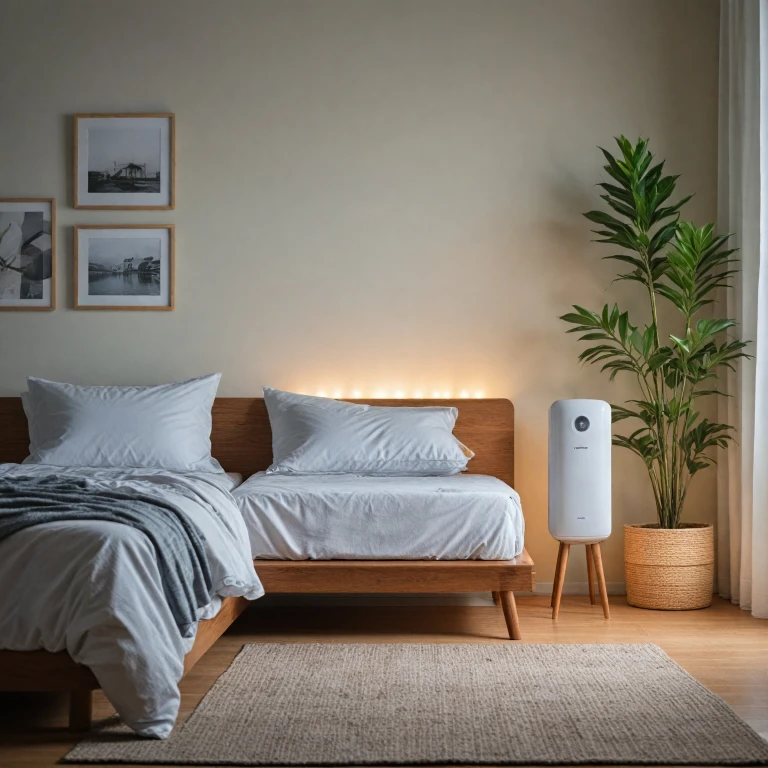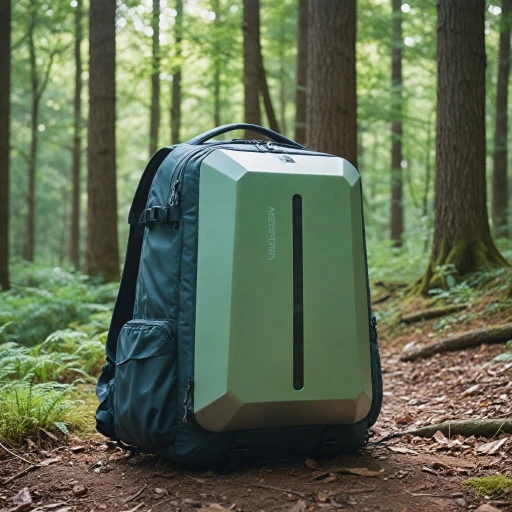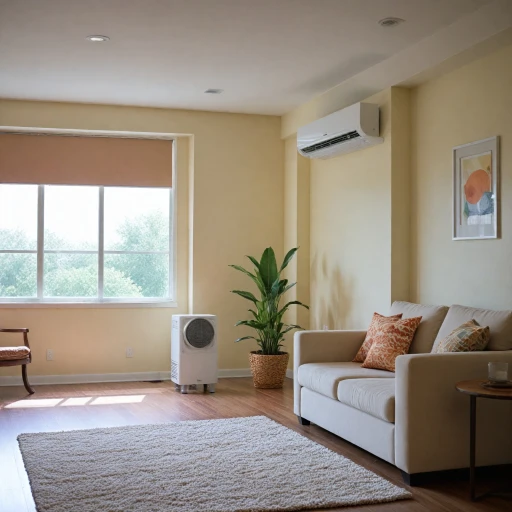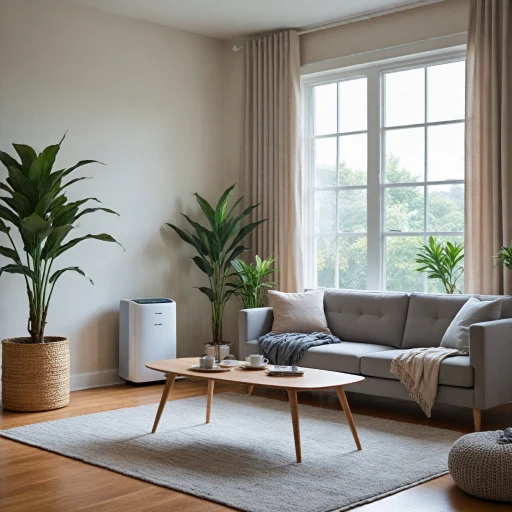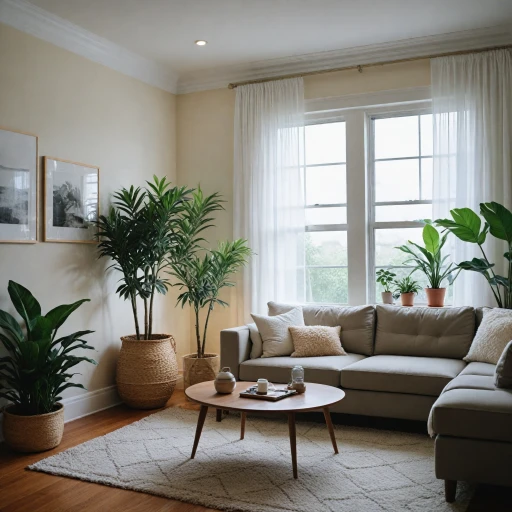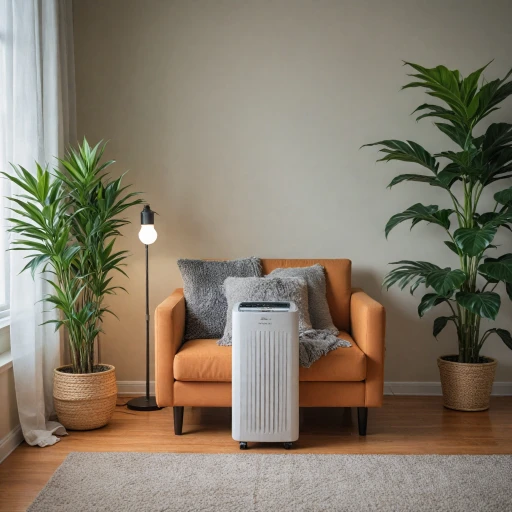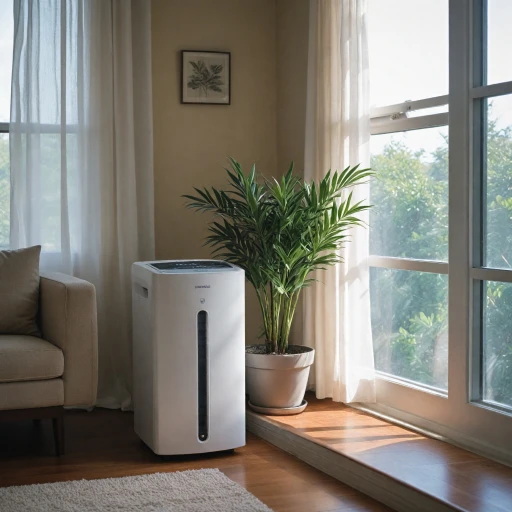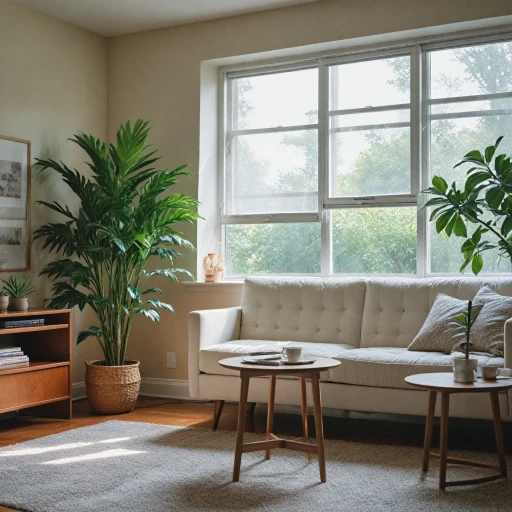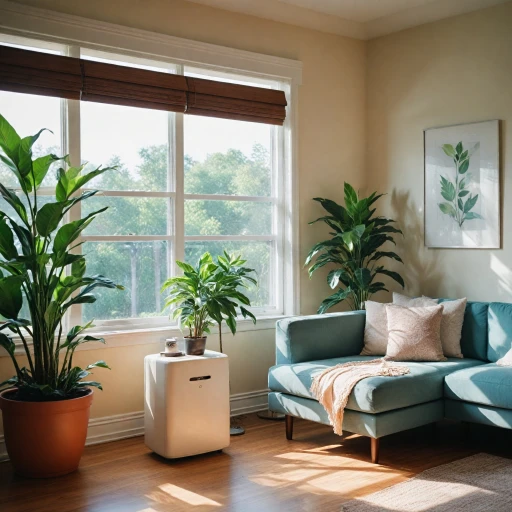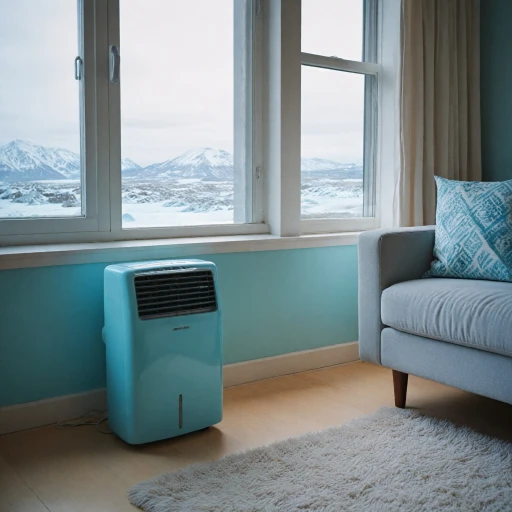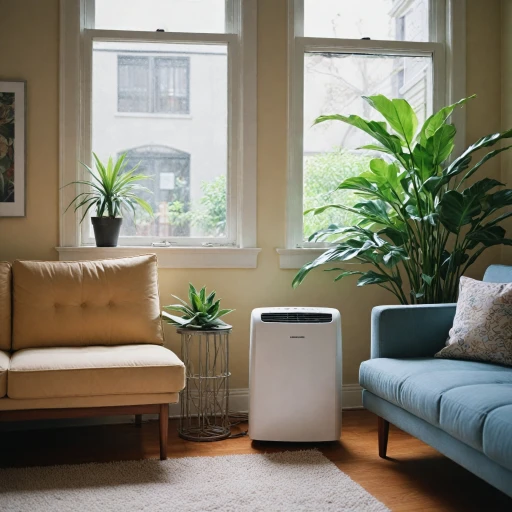
Understanding the Importance of Quiet Operation
Why Noise Reduction Matters
In today's fast-paced world, a portable air conditioner with quiet operation can significantly enhance your living space. Whether it's a bedroom, home office, or quiet corner in a bustling apartment, a unit that cools effectively without excessive noise is paramount. The ability to maintain a serene environment while enjoying cool temperatures is the primary reason behind the increasing demand for quiet portable air conditioners.
Balancing Performance and Quietness
The challenge lies in finding a portable unit that delivers on its promise of reducing noise while ensuring optimal cooling capacity. Models with quiet operation often incorporate advanced technology to minimize decibels without compromising on BTUs and cooling performance. Key features such as fan speed settings, single or dual hose configurations, and noise-reducing modes commonly address this balance.
Living Space Considerations
For rooms of various sizes, from smaller spaces of about 150 square feet to larger living areas, prioritizing a portable air conditioner’s noise level is essential. When assessing a unit's compatibility with your space, focus not only on its BTU rating but also on its noise ratings. A machine with flexible controls, such as a remote control, offers convenience and more control over fan speed and cooling preferences.
For more insights on finding the quietest portable air conditioner for your needs, check out our blog on finding the quietest portable AC unit for your home. This resource provides a broader look at market options and user experiences, essential for making an informed purchase.
Key Features to Look for in a Quiet Portable Air Conditioner
Essential Features of a Low-Noise Portable Cooling Solution
When you're in the market for a quiet portable air conditioner, understanding the core features that contribute to peaceful operation without sacrificing cooling efficiency is crucial. Here’s what you should look out for when selecting the best model for your space.- Noise Level Ratings: The decibel (dB) level of a portable air conditioner is perhaps the most important specification to consider for noise-sensitive environments. Opt for models with noise levels under 60 dB for a whisper-quiet experience.
- Cooling Capacity (BTU): Measuring the cooling output in British Thermal Units (BTU) ensures the unit can effectively cool your room. For most spaces, a 10,000 to 14,000 BTU portable unit offers a great balance between power and noise.
- Multi-Speed Fan System: Having a unit with adjustable fan speeds allows you to manage the airflow and noise. Setting the fan on a lower speed typically results in quieter operation.
- Dual Hose Design: Some models, like dual hose configurations, improve efficiency by creating separate intake and exhaust pathways, reducing strain on the unit and subsequently noise levels.
- Energy Efficient Modes: Look for features like eco mode or sleep mode, which optimize energy use and minimize noise during operation.
- Remote Control Functionality: A remote control facilitates easy adjustments without needing to be near the unit, ensuring comfort and convenience.
- Reputable Brands: Consider models from recognized brands known for quiet performance, such as the Midea Duo, which combines efficient cooling with minimal disturbance.
Comparing Popular Quiet Portable Air Conditioner Models
Evaluating Top Quiet Portable Air Conditioners: A Comparative Review
When selecting the best quiet portable air conditioner for your room, comparing popular models is essential to ensure you find the perfect fit. Here, we'll provide an overview of several highly regarded units, focusing on aspects that matter most, such as noise levels, cooling capacity, and energy efficiency.- Midea Duo: Known for its quiet operation, the Midea Duo is a favorite among many users. This model excels in balancing performance and noise control, thanks to its innovative dual hose system. It efficiently cools spaces up to several hundred square feet and is an excellent option if energy efficiency is a priority.
- Whynter ARC: If you're looking for a powerful portable air conditioner cools with minimal disturbance, the Whynter ARC portable unit can be a fantastic choice. With a robust cooling capacity and a dual hose design, this model ensures faster and more uniform cooling. It offers varied fan speeds and modes, allowing for convenient remote control adjustments.
- White Model with Single Hose: Catering to rooms with smaller square footage, this white model's single hose configuration makes it a compact and quiet operation choice for tighter spaces. Though not as powerful as dual hose units, its quiet mode operation and energy efficiency make it a worthy contender for smaller rooms.
Installation and Maintenance Tips for Optimal Performance
Steps for a Smooth Installation
Proper installation is crucial to ensure your portable unit delivers optimal performance. Begin by selecting a suitable location with access to a window or a sliding door for the air exhaust hose. This minimizes cooling inefficiencies and noise. Use the included window kit to secure the hose, ensuring a tight seal to prevent hot air from re-entering the room. For flexible placement, the dual hose model is a great choice as it efficiently recycles indoor air. Keep in mind that each air conditioner might come with varying installation requirements, so following the manual ensures a snug fit.Regular Maintenance Practices
Maintenance plays a pivotal role in maintaining the quiet operation of your air conditioner. Regularly clean or replace the air filters to facilitate unhindered airflow, which is essential for the unit's efficiency. Additionally, clean the exterior and inspect the fan for dust accumulation as it could elevate noise levels. Pay attention to the condensate drain, especially in high humidity areas. Portable air conditioners like the Midea Duo come with an auto-evaporation mode to reduce the need for frequent draining, but checking it periodically ensures optimal functioning.Tips for Enhancing Energy Efficiency
To maximize the energy efficiency of your quiet portable air conditioner, consider using it in conjunction with a ceiling or floor fan. This helps in distributing the cool air more evenly across the room. Adjust the thermostat to a comfortable temperature and utilize the energy-saving mode if available, saving on long-term operating costs. Moreover, close curtains or blinds during the hottest parts of the day to prevent the sun from heating the room. Features like programmable settings and remote control can aid in monitoring usage more efficiently. Overall, investing time in proper installation and regular maintenance significantly boosts the performance and longevity of your quiet portable air conditioners, making your cooling experience both effective and pleasant.Energy Efficiency and Cost Considerations
Balancing Energy Efficiency with Cooling Needs
When selecting a quiet portable air conditioner, energy efficiency is a crucial factor. Not only does it impact your electricity bill, but it also affects the overall environmental footprint of your cooling solution. The BTU rating of a portable unit is a key indicator of its cooling capacity, which should be matched to the size of your room. For instance, a unit with a higher BTU rating is suitable for larger spaces, ensuring efficient cooling without overworking the system.
Understanding Energy Efficiency Ratios
Look for models with a high Energy Efficiency Ratio (EER). This metric measures the cooling output (in BTUs) per watt of energy consumed. A higher EER indicates a more efficient air conditioner. Many modern portable air conditioners, like the Midea Duo and Whynter ARC series, offer excellent energy efficiency, making them cost-effective choices in the long run.
Cost Considerations and Long-Term Savings
While the initial cost of a quiet portable air conditioner might be a concern, consider the long-term savings on your energy bills. Energy-efficient models, especially those with features like dual hose systems and variable fan speeds, can significantly reduce energy consumption. Additionally, features like remote control and programmable timers allow you to optimize usage, further enhancing efficiency.
Choosing the Right Model for Your Needs
Ultimately, the best choice will depend on your specific needs and room size. For smaller spaces, a single hose model might suffice, while larger areas may benefit from a dual hose system. Consider the noise level as well, ensuring that the unit maintains quiet operation without compromising on cooling performance.
